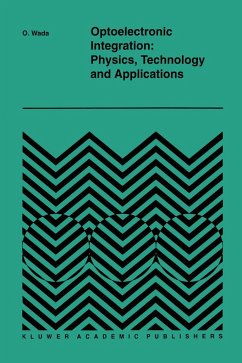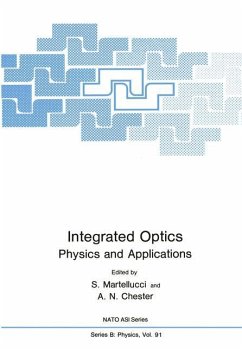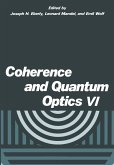As we approach the end of the present century, the elementary particles of light (photons) are seen to be competing increasingly with the elementary particles of charge (electrons/holes) in the task of transmitting and processing the insatiable amounts of infonnation needed by society. The massive enhancements in electronic signal processing that have taken place since the discovery of the transistor, elegantly demonstrate how we have learned to make use of the strong interactions that exist between assemblages of electrons and holes, disposed in suitably designed geometries, and replicated on an increasingly fine scale. On the other hand, photons interact extremely weakly amongst themselves and all-photonic active circuit elements, where photons control photons, are presently very difficult to realise, particularly in small volumes. Fortunately rapid developments in the design and understanding of semiconductor injection lasers coupled with newly recognized quantum phenomena, that arise when device dimensions become comparable with electronic wavelengths, have clearly demonstrated how efficient and fast the interaction between electrons and photons can be. This latter situation has therefore provided a strong incentive to devise and study monolithic integrated circuits which involve both electrons and photons in their operation. As chapter I notes, it is barely fifteen years ago since the first demonstration of simple optoelectronic integrated circuits were realised using m-V compound semiconductors; these combined either a laser/driver or photodetector/preamplifier combination.
Hinweis: Dieser Artikel kann nur an eine deutsche Lieferadresse ausgeliefert werden.
Hinweis: Dieser Artikel kann nur an eine deutsche Lieferadresse ausgeliefert werden.








